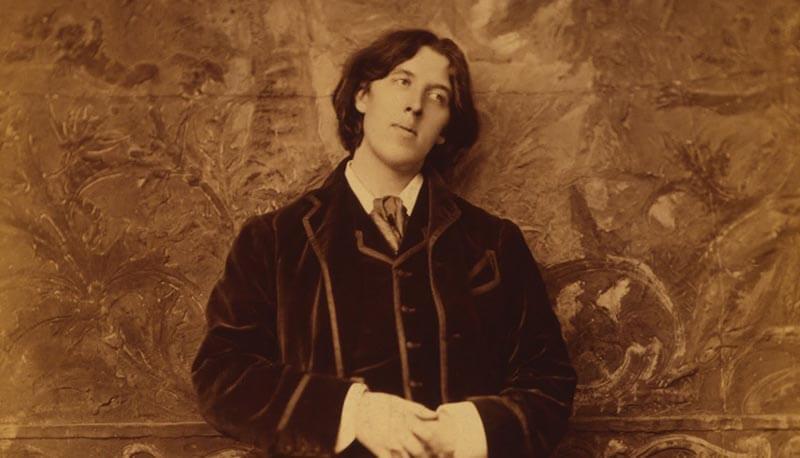Concetti Chiave
- The Canterville Ghost by Oscar Wilde is a parody that critiques Victorian England's materialism and hypocrisy through humor and irony.
- The story contrasts English and American lifestyles, highlighting American pragmatism when facing supernatural events.
- Sir Simon, the ghost, symbolizes traditional aristocratic values and the entrenched conventions of the "old world."
- The narrative flips when the ghost becomes a victim of the Otis family’s pranks, showcasing a reversal of roles.
- The story explores themes of life, death, and human relationships, emphasizing guilt and moral conduct through the character of Virginia.
Oscar Wilde's The Canterville Ghost was published for the first time in 1887. It is a short story characterized by the use of parody, typical of the literature of the period.
Indice
Stile e critica sociale
Wilde uses an ironic and grotesque style but he also portrays with biting sarcasm the Victorian England, the materialism and hypocrisy of society. The Canterville Ghost is characterized by a playful and humorous storyline, in which the author ridicules the hypocrisy and respectability of the English nobility, but also of those Americans so firmly tied to money and material profit principle.
The contrast between the English and the American way of life is explicit in the behavior of Otis, that even the evidence compels them to accept that the seal just bought is actually haunted by a spirit, they face the situation with common sense and pragmatism: the ghost he lives in the manor for three hundred years, and therefore has every right to be, but it must, however, adapt to the obligations of a cohabitation.
Il fantasma e le tradizioni
The phantom, meanwhile, is the emblem of the values founded on the blood and nobility, as well as the link with the ancient traditions of the "old world", with its entrenched and immutable convictions. Sir Simon is accustomed to behavior and social relationships that the aristocrats are feared and admired, and the ghosts are terrible.  The ghost is the tradition and the established conventions. We note the reference to theater, constant throughout the first part of the narrative, in which Sir Simon continues to change clothing to inspire greater fear, remembering the glorious performances of the past and to their success.
The ghost is the tradition and the established conventions. We note the reference to theater, constant throughout the first part of the narrative, in which Sir Simon continues to change clothing to inspire greater fear, remembering the glorious performances of the past and to their success.
Ribaltamento dei ruoli
The story outlines a real reversal when the ghost-persecutor of the past, as a result of the jokes of Otis twins and, more generally, the determination of the family to live in peace, is reduced to the condition of the victim, appearing only a depressed simulacrum of a vanished glory. Always playing with the literary conventions, to melt the Wilde story chooses a kind of deus ex machina of ancient drama.
Riflessioni su vita e morte
The young Virginia is a sensitive young girl, not superficial like brothers and not as cynical as the parents. The account must also be considered as a reflection on life and death, about relationships and human understanding, on the strength of feeling compared to the rigid laws of the universe. The themes of guilt and moral conduct.
Domande da interrogazione
- Qual è lo stile utilizzato da Oscar Wilde ne "Il fantasma di Canterville"?
- Come viene rappresentato il contrasto tra lo stile di vita inglese e quello americano?
- Qual è il ruolo di Virginia nella storia?
Oscar Wilde utilizza uno stile ironico e grottesco, caratterizzato da parodia e sarcasmo pungente nei confronti dell'Inghilterra vittoriana e della società materialista e ipocrita.
Il contrasto è esplicito nel comportamento della famiglia Otis, che affronta la presenza del fantasma con senso comune e pragmatismo, mentre il fantasma rappresenta i valori nobiliari e le tradizioni antiche del "vecchio mondo".
Virginia è una giovane sensibile, non superficiale come i fratelli e non cinica come i genitori, e rappresenta una riflessione sui rapporti umani e la comprensione, oltre che sulla forza dei sentimenti rispetto alle leggi rigide dell'universo.






 Accedi a tutti gli appunti
Accedi a tutti gli appunti
 Tutor AI: studia meglio e in meno tempo
Tutor AI: studia meglio e in meno tempo